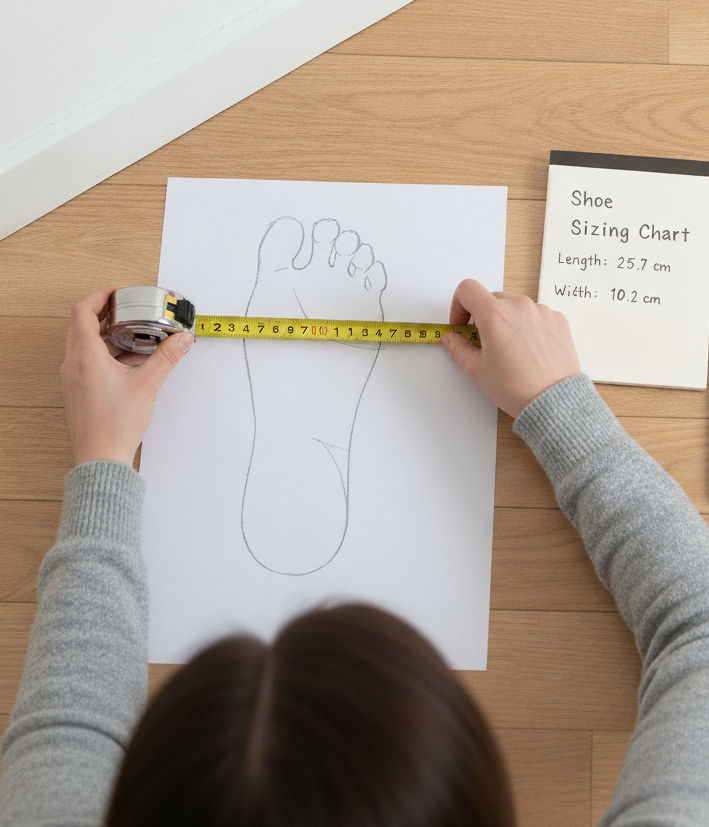Roll Better: Your Guide to Rollerblade Wheels
- rollingdinocontact
- Nov 10
- 3 min read
Rollerblading is an exhilarating way to get around, but the single most important factor for your ride quality is often overlooked: your wheels! They're your connection to the pavement, and choosing the right set can completely change your experience.
Let's break down the key characteristics of rollerblade wheels—Size (Diameter), Hardness (Durometer), and Profile—so you can dial in your perfect setup.
📏 Wheel Size (Diameter)
Wheel size is measured in millimeters (mm) and directly impacts your speed and maneuverability. A simple rule applies: bigger wheels are faster, smaller wheels are more agile.
Wheel Size Range | Typical Use/Skating Style | Performance Characteristics |
56mm - 72mm | Aggressive, Trick Skating | High maneuverability, lower top speed, easier to grind. |
72mm - 80mm | Freestyle, Hockey, Urban | Good balance of agility and speed. Standard for many casual skates. |
80mm - 90mm | Fitness, Freeride, Urban | Faster, good for covering distance. Common for intermediate skaters. |
100mm - 125mm | Speed, Cross-Training, Distance | Highest top speed, maintain momentum well, less agile. |
Pro Tip: Always check your skate's frame, as it will have a maximum wheel diameter printed on it (e.g., "MAX 80mm"). Never use wheels larger than the frame's max size.
⛰️ Wheel Hardness (Durometer)
Hardness, or durometer, is measured using the Shore A scale and is indicated by a number followed by an 'A' (e.g., 82A). This is crucial for determining grip and durability.
Softer Wheels (Lower A-rating):
Pros: Better grip (traction), excellent shock absorption for a smoother ride on rough surfaces.
Cons: Slower, wear down much faster.
Typical Range: 74A–84A. Ideal for outdoor/rough surfaces (asphalt, sidewalks).
Harder Wheels (Higher A-rating):
Pros: Faster roll (less friction), much more durable and long-lasting.
Cons: Less grip, poor shock absorption—you'll feel every bump and pebble.
Typical Range: 85A–95A+. Ideal for smooth surfaces (indoor rinks, skate parks, very smooth concrete).
Durometer | Surface/Skating Style |
74A - 78A | Very rough outdoor terrain, maximum grip needed. |
80A - 82A | General outdoor, paved trails, good all-rounder for street skating. |
84A - 88A | Smooth asphalt, multi-surface use (good balance of speed/durability). |
90A+ | Indoor rinks, skate parks, aggressive skating. |
⚙️ Wheel Profile (Shape)
The profile is the shape of the wheel where it meets the ground. It affects your stability, speed, and turning ability.
Round/Urban Profile: This is the most common and versatile shape. It offers a good balance of stability and maneuverability, making it great for general fitness and urban skating.
Elliptical/Bullet Profile: A narrower, sharper profile. It has a smaller contact patch with the ground, which reduces friction for maximum speed. It's preferred for long-distance and speed skating, but sacrifices some stability.
Flat Profile: A wide, squared-off profile with the largest contact patch. It provides the most stability and grip but is slower and less agile. This is almost exclusively used in aggressive skating for grinding and stability on obstacles.
🛠️ The Takeaway: Choosing Your Wheels
When it's time to replace or upgrade your wheels, ask yourself these two questions:
What is my skating style and environment?
Casual/Fitness on rough streets? Go for a medium-to-large size (80mm–90mm) and a softer durometer (78A–82A) with a round profile for comfort and shock absorption.
Skating for speed/distance? Choose the largest size your frame allows (100mm–125mm) and a firmer durometer (84A+) with a bullet profile for maximum roll.
Aggressive/Park skating? You'll need a small size (56mm–60mm) and a hard durometer (90A+) with a flat profile for stability.
Does my wheel choice fit my skate's frame?
Always verify that your new wheel diameter is less than or equal to the maximum size stamped on your skate frame.
Choosing the right wheels isn't just about replacing worn parts; it's about customizing your ride to suit your specific skating needs. Experiment with different sizes and hardness levels, and you'll be amazed at the difference it makes!



Comments